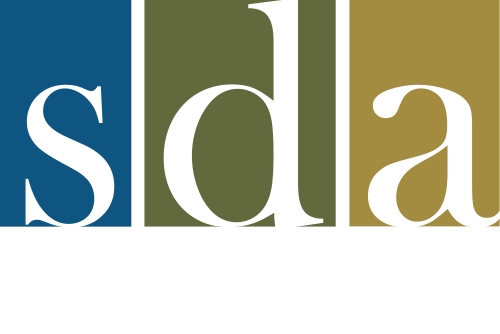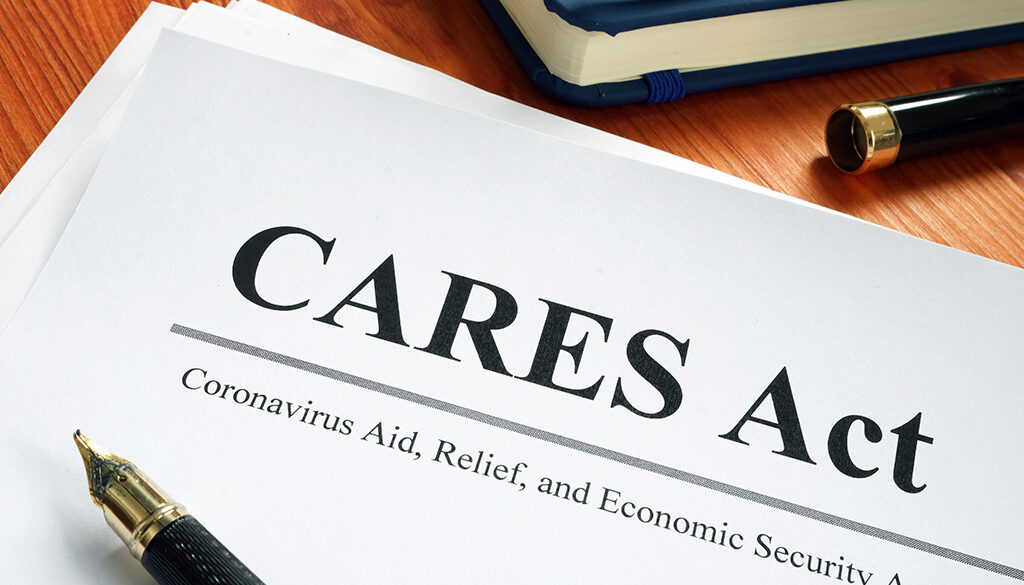How the CARES Act affects Individuals, Business Taxes & Loans
The Senate last night unanimously passed the CARES act. It now is going to the House and the President before it becomes law. So these aren’t in place now but will be soon – expecting next week sometime. We are still learning all about this now but we wanted to get the latest information to you as soon as possible.
Below are the highlights for 1) individuals, 2) business taxes and 3) Business Loans
Individuals:
- Recovery Rebate for individual taxpayers – The bill would provide a $1,200 refundable tax credit for individuals ($2,400 for joint taxpayers). Additionally, taxpayers with children will receive a flat $500 for each child. The rebates would not be counted as taxable income for recipients. The rebate phases out at $75,000 for singles, $112,500 for heads of household, and $150,000 for joint taxpayers.
- Charitable Donation Deduction – the bill creates a $300 partial charitable contribution for filers taking the standard deduction
- Penalty on Withdrawals from Retirement Plans – the law waives the 10 percent early withdrawal penalty on retirement account distributions for taxpayers facing virus-related challenges. Withdrawn amounts are taxable over three years, but taxpayers can recontribute the withdrawn funds into their retirement accounts for three years without affecting retirement account caps. Eligible retirement accounts include individual retirement accounts (IRAs), 401Ks, and other qualified trusts, certain deferred compensation plans, and qualified annuities. The bill also waives required minimum distribution rules for certain retirement plans in the calendar year 2020.
- Unemployment – Unemployment insurance provisions now include an additional $600 per week payment to each recipient for up to four months and extend U.I. benefits to self-employed workers, independent contractors, and those with limited work history.
- Student Loans – Certain employer payments of student loans on behalf of employees are excluded from taxable income. Employers may contribute up to $5,250 annually toward student loans, and the payments would be excluded from an employee’s pay.
Business Taxes:
- Payroll Tax Credit – Employers are eligible for a 50 percent refundable payroll tax credit on wages paid up to $10,000 during the crisis. The credit will be available to employers whose businesses were disrupted due to virus shutdowns and those that had a decrease in gross receipts of 50 percent or more when compared to the same quarter last year.
- Employer-side Social Security payroll tax payments may be delayed until January 1, 2021, with 50 percent owed on December 31, 2021, and the other half owed on December 31, 2022.
- Net Operating Losses – Businesses may take net operating losses (NOLs) deductions earned in 2018, 2019, or 2020 and carry back those losses five years.
Business Loan Interruption Program:
- You can obtain these forgivable loans through existing lenders for the Small Business Administration’s 7(a) program. The loans are 100% guaranteed by the government through December 31, 2020; no personal guarantee or collateral is required for the loan. Consult your preferred lender now to confirm that they originate 7(a) loans and to let the lender know you plan to apply for one under the Paycheck Protection Program.
- The maximum loan amount is $10 million: The bill text defines the maximum loan amount as the lesser of $10 million or the average total monthly payments for payroll costs (salaries, leave, insurance, state/local tax, payments to certain contractors — excluding compensation per employee of more than $100k) multiplied by 2.5. We would advise estimating your appropriate loan amount now, so you’re able to provide the necessary paperwork to your bank.
- The loan process is designed to be simple and doesn’t require you to prove specific hardship extensively. The bill text requires only a “good faith” certification that the economic conditions make the loan necessary and that you will use the funds to “retain workers and maintain payroll or make mortgage payments, lease payments, and utility payments;”
- The loans can be used broadly for business expenses. The loan can be used for payroll costs, benefit costs, salaries and commissions, mortgage interest (but not principal), rent, utilities, and interest on debt incurred before the reference period (beginning February 15).
- Subject to certain limitations, payments made under the loan during the eight weeks after origination are forgivable. Forgivable costs include money spent on eligible payroll costs (not including comp above $100k in wages), mortgage interest, rent, or utilities. The among forgiven cannot exceed the principal of the loan.
- The amount of loan forgiveness is reduced based on reductions in staffing or employee compensation. Employers have the option of comparing full-time equivalent staffing to a reference period (February 15- June 30) last year, or the period Jan 1-Feb 29 of this year, as a comparison point for any staffing reduction. A reduction in total salary/wages of more than 25 percent (amount those earning $100,000 or less) would also be subtracted from the forgiveness amount.
- There is an exemption in the ‘forgiveness” section for re-hiring employees you recently laid off. The legislation includes a provision such that employers are not penalized for compensation or staffing reductions that occurred between February 1, 2020, and 30 days from the bill’s enactment, so long as these reductions are reversed by June 30, 2020.




